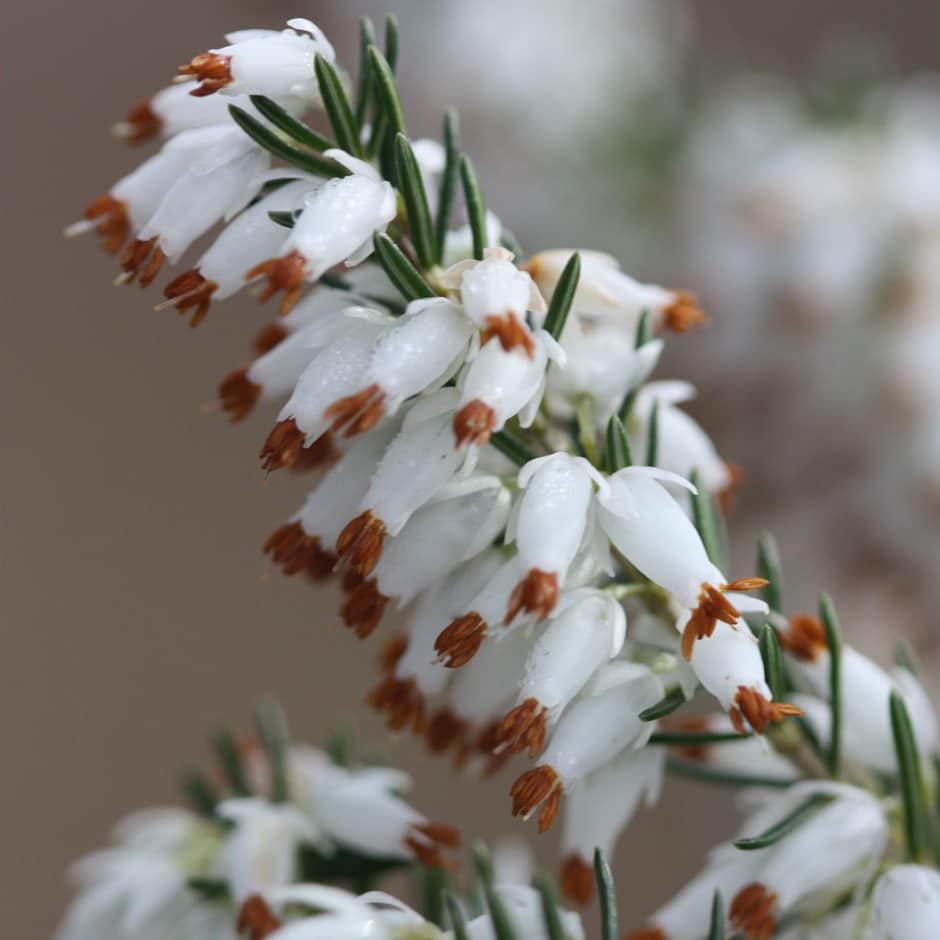
Buy winter heath heather Erica carnea f. alba 'Whitehall'
What to Plant Next to Heather Classic companion planting with heather often includes rhododendrons and azaleas. These plants crave the same acidic soil and consistent moisture on which heathers thrive. You can even fertilize heathers and heath with the rhododendron foods on the market with excellent results.
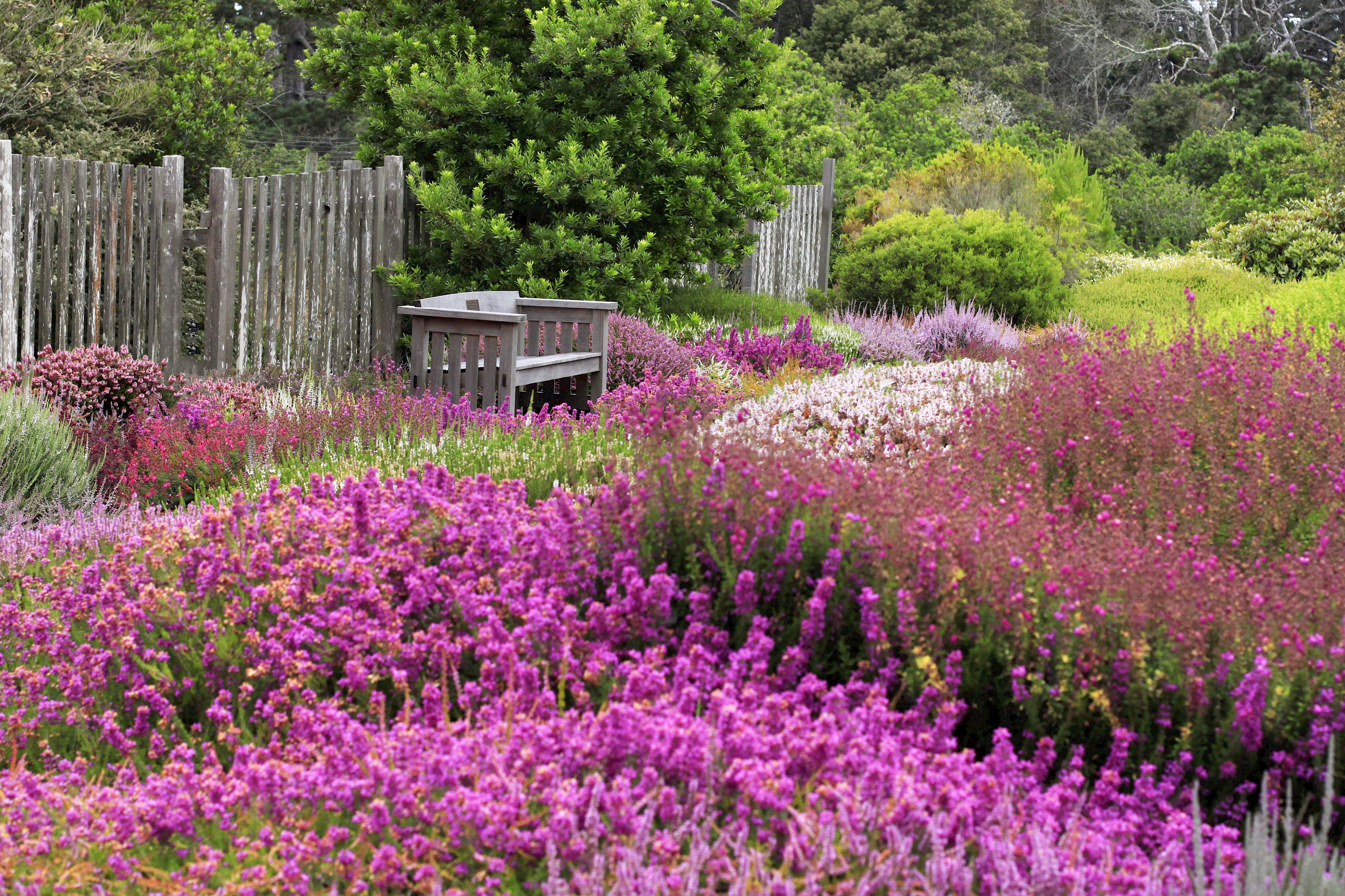
Heath & Heather Collection Collections MCBG Corp. 2023 Fort Bragg, California
The evergreen shrub tree heather earns its nickname—giant heather—honestly: At maturity it can reach a height of 13 feet. Think of it as a small tree in a shrub's body. Tree heather will burst into flower (tiny flowers) in spring, with tiny white, highly perfumed blossoms. Drought tolerant and happy in either sun or partial shade, Erica.

Heather and Heath Flowers What Are the Different Types?
Heath and heather are non-native low-growing evergreen shrubs that hold not only their leaves but also their flowers all winter. Known as spring or winter heath due to its bloom time, Erica carnea has the most delicate, bell-shaped red to pink flowers and whorled to opposite, needle-like, bright green leaves that are barely ½" long.
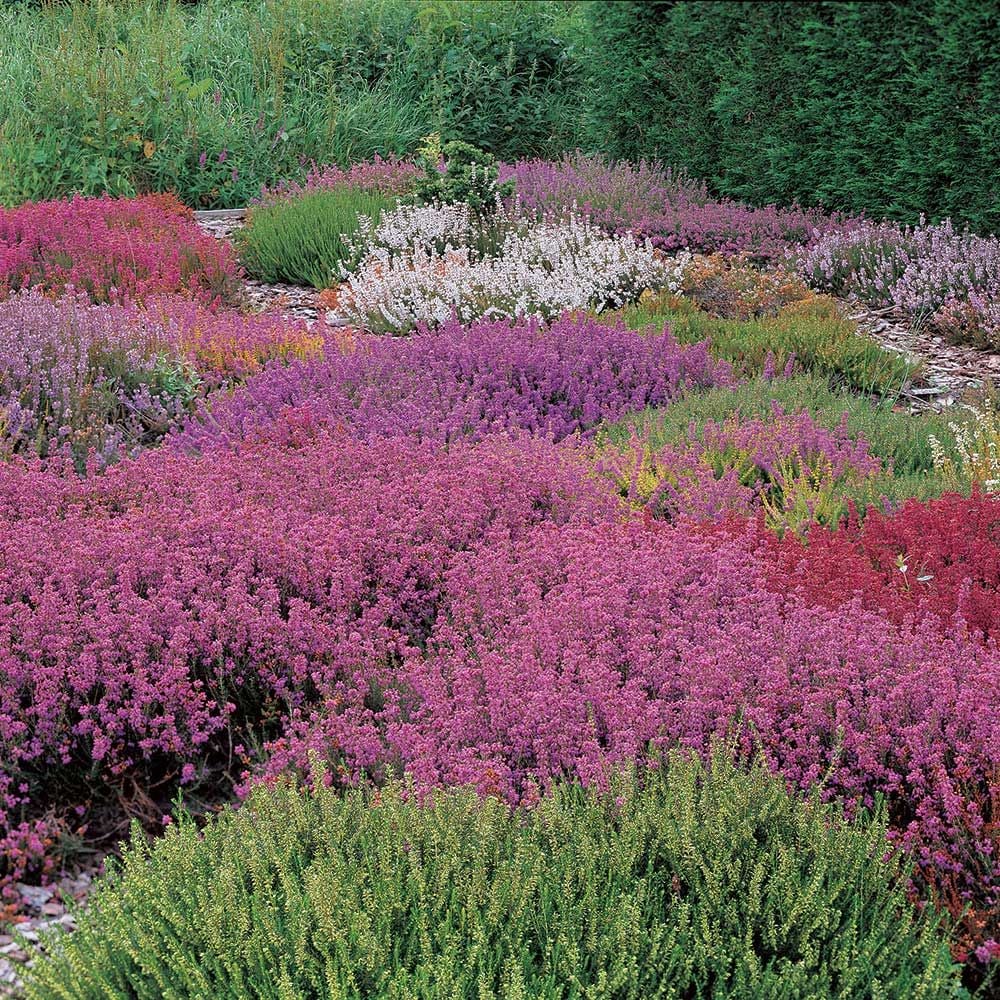
Heath and Heather Collection White Flower Farm
Heath and Heather: Planting Heather may be planted in the fall or early spring so that the plants may become established. Heather needs a minimum of six hours of sun a day. Full sun is better as the foliage colors intensify when fully exposed. Too much shade makes the plants leggy and affects the brilliance of their color.
:max_bytes(150000):strip_icc()/heather-shrub-growing-profile-3269229-02-5c1bf35bf63b48a8b734b979d0ffb245.jpg)
How to Grow and Care for Heather Shrubs
Heather is hardy in USDA zones 4-6. The flowers are a rich nectar source, attracting bees, butterflies, and other pollinators. Like heath, Heather is not known to be toxic to humans or pets, and deer usually avoid it. Heather requires more moisture than heath and is not considered invasive.
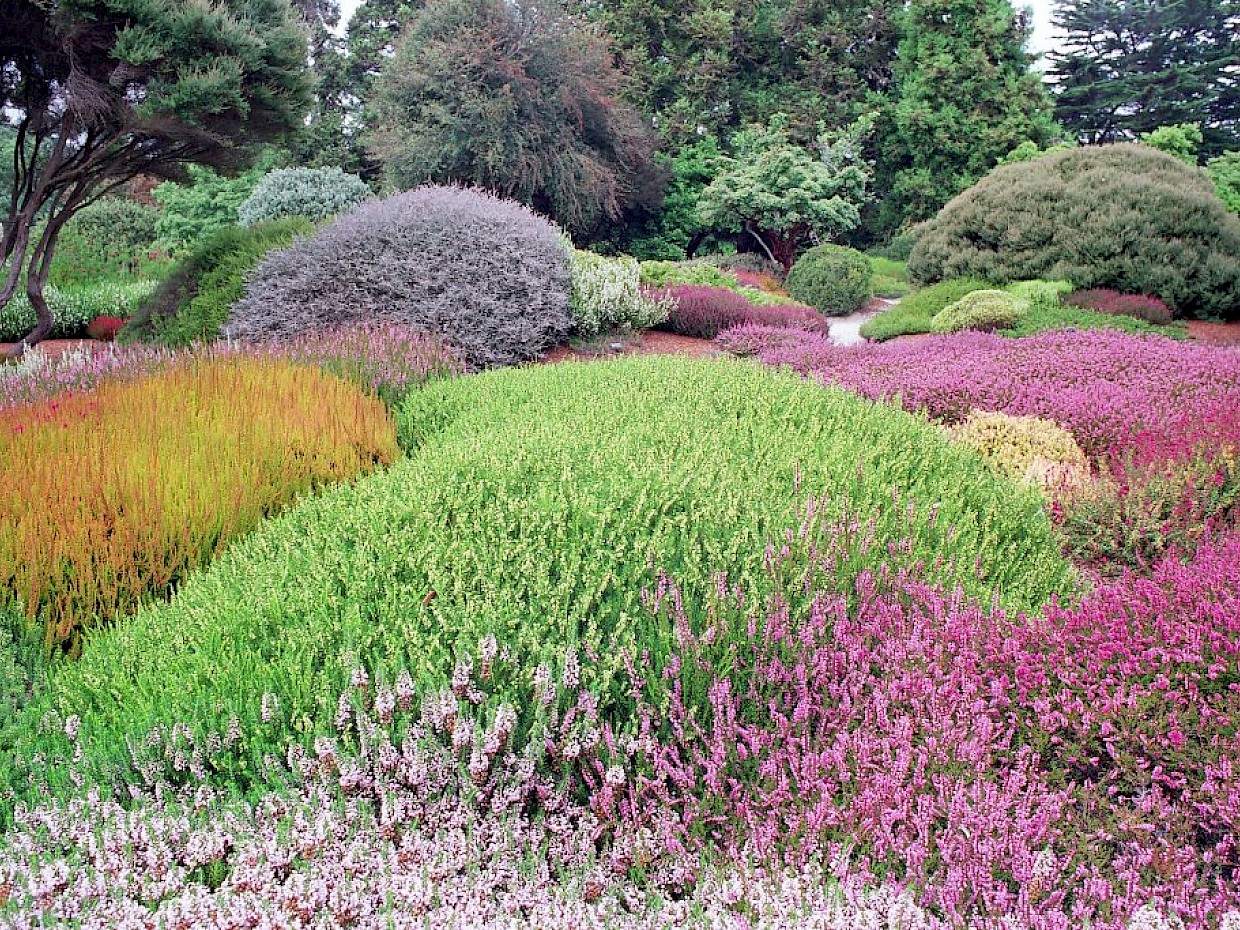
Heath & Heather Collection Collections MCBG Corp. 2023 Fort Bragg, California
Ease the plant out of the pot it came in and check the root system. Tease the roots to help them spread out and fill the hole. Place the plant in the hole and fill it with soil. Pack the soil firmly around the plant to push out any air pockets. Make sure the foliage is as close to the ground as possible.
:max_bytes(150000):strip_icc()/heather-shrub-growing-profile-3269229-03-e208fdab650549e5870092f7c7195fdf.jpg)
Growing Heather in the Home Garden
Heaths and heathers, scientifically known as Erica or Calluna, are wonderful little mounding evergreen flowering shrubs or subshrubs that establish quickly for a fine textured, dense grouping, groundcover, or border.Rest assured, when you buy heath and heather plants online from Wilson Bros Gardens we safely ship the highest quality container-grown specimens that are ready upon arrival to.

Heather And Heath Plant Guide How To Grow Heathers And Heaths
Where to plant winter heather The plant professionals at the Missouri Botanical Garden say that winter heaths are best grown in sandy, acidic, medium moisture, well-drained loams that are enriched with organic matter.

Erica heather all about caring for famed winter heather from fall to winter
Calluna (Heather) and Erica (Heath) are flowering evergreens that provide, through a combination of foliage and blooms, a display of showy color all year long. Native to the open uplands of northern England and the hills of Scotland, these plants create a superb carpet for a free-draining sunny bank.

Heroic heaths and heathers go all out, all year, with brilliant flowers and foliage The
Joseph Tychonievich When people mention flowering heather, they are almost always talking about two different genera of plants: heaths and heathers. Although both belong to the Ericaceae family, they are botanically different and are divided into the Calluna genus and the Erica genus.

Heather and Heath Flowers What Are the Different Types?
Heath ( Erica) and heather ( Calluna) are members of the Ericaceous family of plants which include such garden favourites as Rhododendron, Azalea, Mountain Laurel and Japanese Pieris. There is often confusion between heath and heather. The heaths are generally spring-blooming, flowering from March to late May.
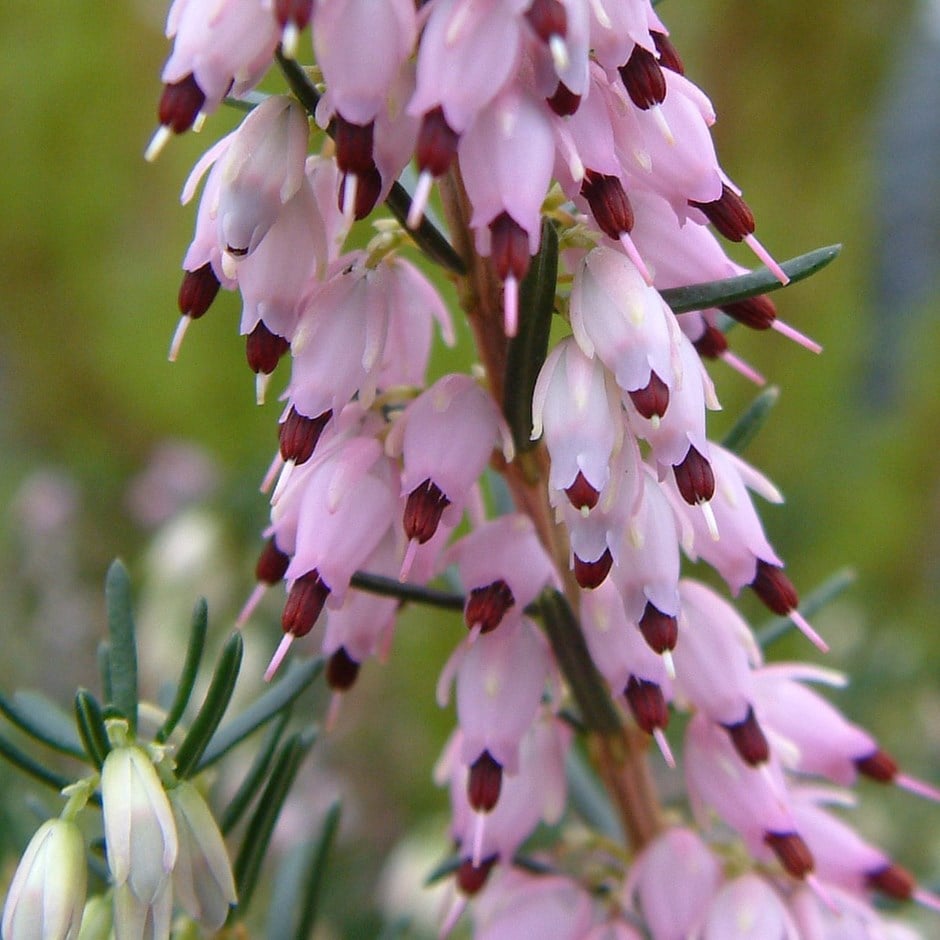
Buy winter heath heather Erica × darleyensis 'Ghost Hills' Delivery by Waitrose Garden
Scientifically, Heather plants are known as Calluna Vulgaris; they almost always make an important addition to your plant collection. However, Heather plants come in many variants, types, and looks. So, here's a list of the best types of heather plants you could have in your garden. Table of Contents Types of Heather Plants
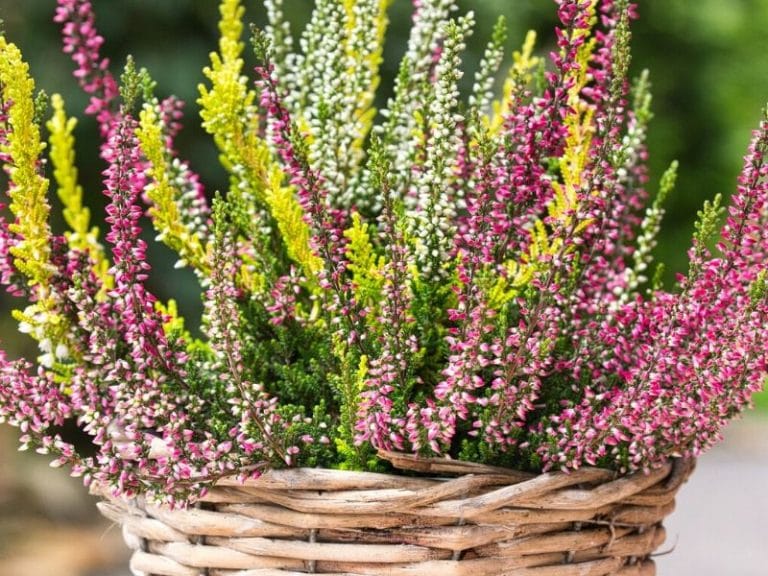
Heather and Heath Flowers What Are the Different Types?
Mail Order Heather Specialists. We specialize in the new, the rare and the unusual in heaths and heathers. We have more varieties available than anyone in the United States and one of the largest collections in the world. Our display garden has over 2,000 plants in the ground. The Heather Specialists - On-line Catalog of Unparalleled Selection.

About heaths and heathers These hardy plants grow beautifully on the North Coast TimesStandard
Light Heather blooms best in full sun in zones 4 and 5. In zone 6, it will appreciate afternoon shade. Soil Heather requires well-drained soil and does well in sandy soils or rocky terrain. It thrives in peaty, more acidic bogs and moorlands. It does not need fertile soil, it can thrive in poor soils and can tolerate salt spray. Water
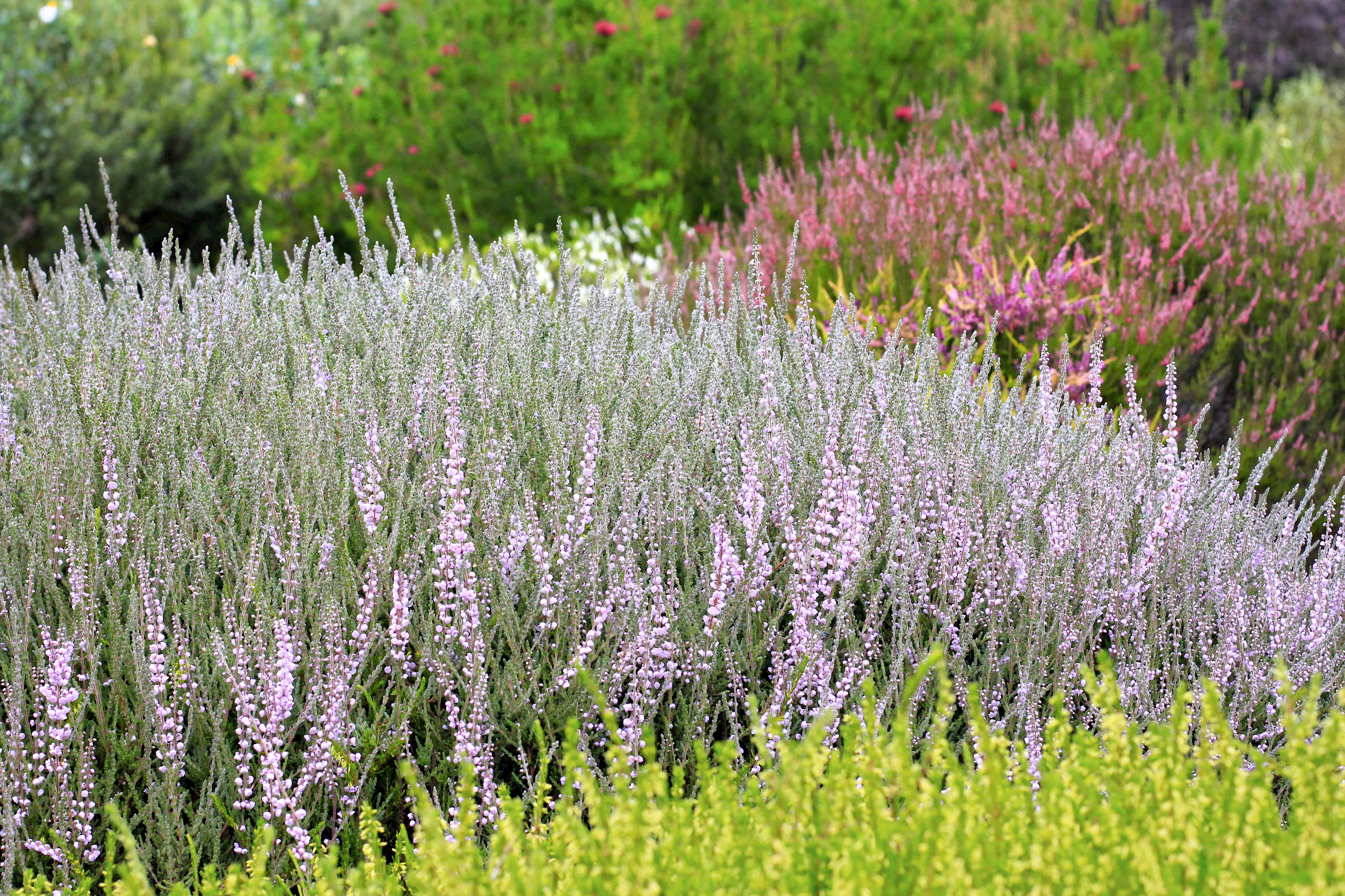
Heath & Heather Collection Collections MCBG Corp. 2023 Fort Bragg, California
Winter color? Then try heaths and heathers. These low-growing perennials offer intense color, interesting foliage, and flowers in the home garden. With over 500 cultivars of heather and 700 types of heath, there's plenty to choose from for your garden. What Is the Difference Between Heath and Heather?
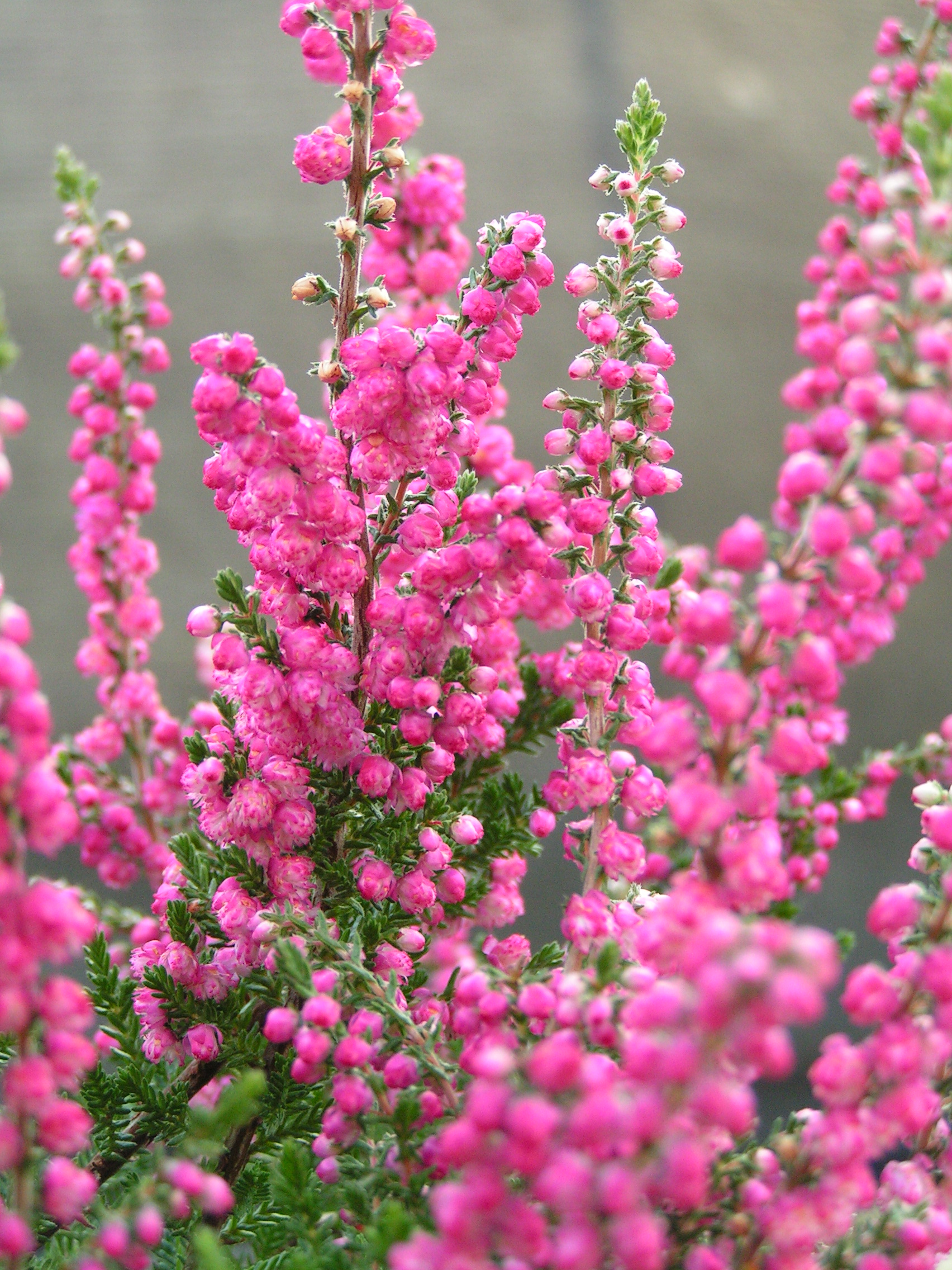
All About Heathers The Heather Garden
Lightly cover with a thin layer of seeding medium. If you can't find an ericaceous seeding mix, use a standard mix and work some peat moss in a ratio of about one part peat to four parts soil. Spray the soil thoroughly with a spray bottle so you don't disturb the seeds. Place in an area with bright, indirect sunlight.